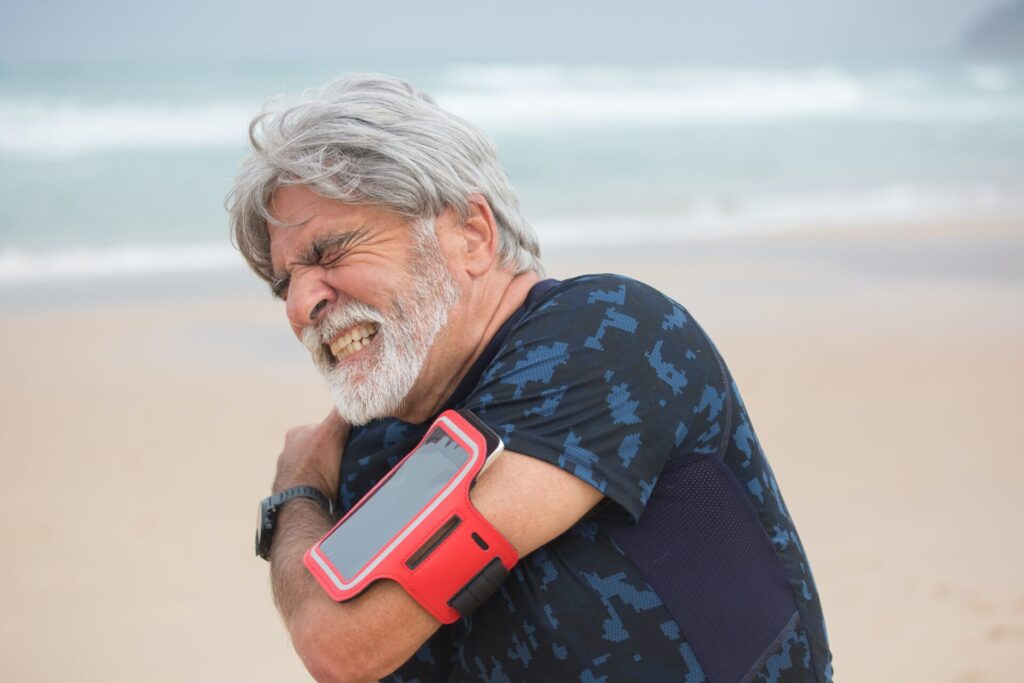How Physical Therapy Can Help Rotator Cuff Tears
Physical therapy is an important part of the recovery process for anyone suffering from a rotator cuff tear. It can help reduce pain and improve mobility, as well as keep the shoulder healthy and prevent further damage. The key to successful recovery is understanding what physical therapy entails, and how it can help you recover from your condition.
Introduction
Rotator cuff tears are very common, particularly in athletes or people regularly performing overhead activities like carrying heavy objects. Additionally, over 40% of people over the age of 55 have a partial tear with no symptoms. A rotator cuff tear often occurs when there is repetitive shoulder motion or wear and tear over time. Depending on the severity of the tear, physical therapy can be used to treat the condition and aid in recovery.
What to Expect at Physical Therapy
In physical therapy, the first step is to complete an evaluation with a licensed physical therapist. This comprehensive assessment involves evaluating your range of motion, strength, posture, joint mobility, and other aspects that relate to your individual situation. Based on their findings, the therapist will create a personalized plan for your treatment.
This plan will likely involve modalities such as ultrasound or electrical stimulation in addition to manual techniques like soft tissue mobilizations or joint mobilizations/manipulations. Throughout your sessions, your therapist will continue to assess your progress and adjust the treatment plan as needed. With expert guidance, you can work towards achieving your physical goals and improving your overall quality of life.
What Types of Exercises You Might Do
List of exercises to improve shoulder strength and range of motion:
Shoulder stretches to increase flexibility in the muscles and tendons surrounding the rotator cuff: These stretches help improve flexibility, which can reduce the risk of tear and improve the overall range of motion.
Strengthening exercises such as resisted shoulder flexion/extension or internal/external rotation: These exercises target the muscles of the shoulder and rotator cuff to increase strength and support proper shoulder mechanics.
Balance/stability exercises using exercise balls or bosu balls: These exercises challenge the shoulder’s stability, which helps improve proprioception (the body’s sense of where it is in space) and overall shoulder function.
Coordination activities such as throwing a ball back and forth with another person: These activities help improve hand-eye coordination and overall upper-body coordination, key components of shoulder function.
The main goal of these exercises is to restore the shoulder’s normal range of motion while decreasing pain and reducing the risk of further tear.
How Long Recovery Takes
The amount of time it takes for a rotator cuff tear to heal depends on several factors, including the severity of the tear and the type of treatment you are receiving. Generally speaking, recovery can take anywhere from 4-6 weeks for minor tears up to 6-12 months or more for more complete tears. Your physical therapist will be able to provide a timeline based on your condition and progress.
How Physical Therapy Prevents Reinjury
Physical therapy can help prevent reinjury by helping you regain strength and flexibility in your shoulder muscles. This helps reduce stress on the joint which can help reduce the risk of re-injury. Additionally, physical therapists are trained to provide you with education on how to properly perform activities and exercises that involve your shoulder in order to avoid further injury.
Conclusion
Overall, physical therapy can be an effective treatment for rotator cuff tears. By participating in physical therapy, you can expect to: increase shoulder strength and flexibility; reduce pain; and decrease the risk of tear. Physical therapy is a safe non-surgical option for treating many types of rotator cuff tears- speak with your doctor or physical therapist if you think it might be right for you!

